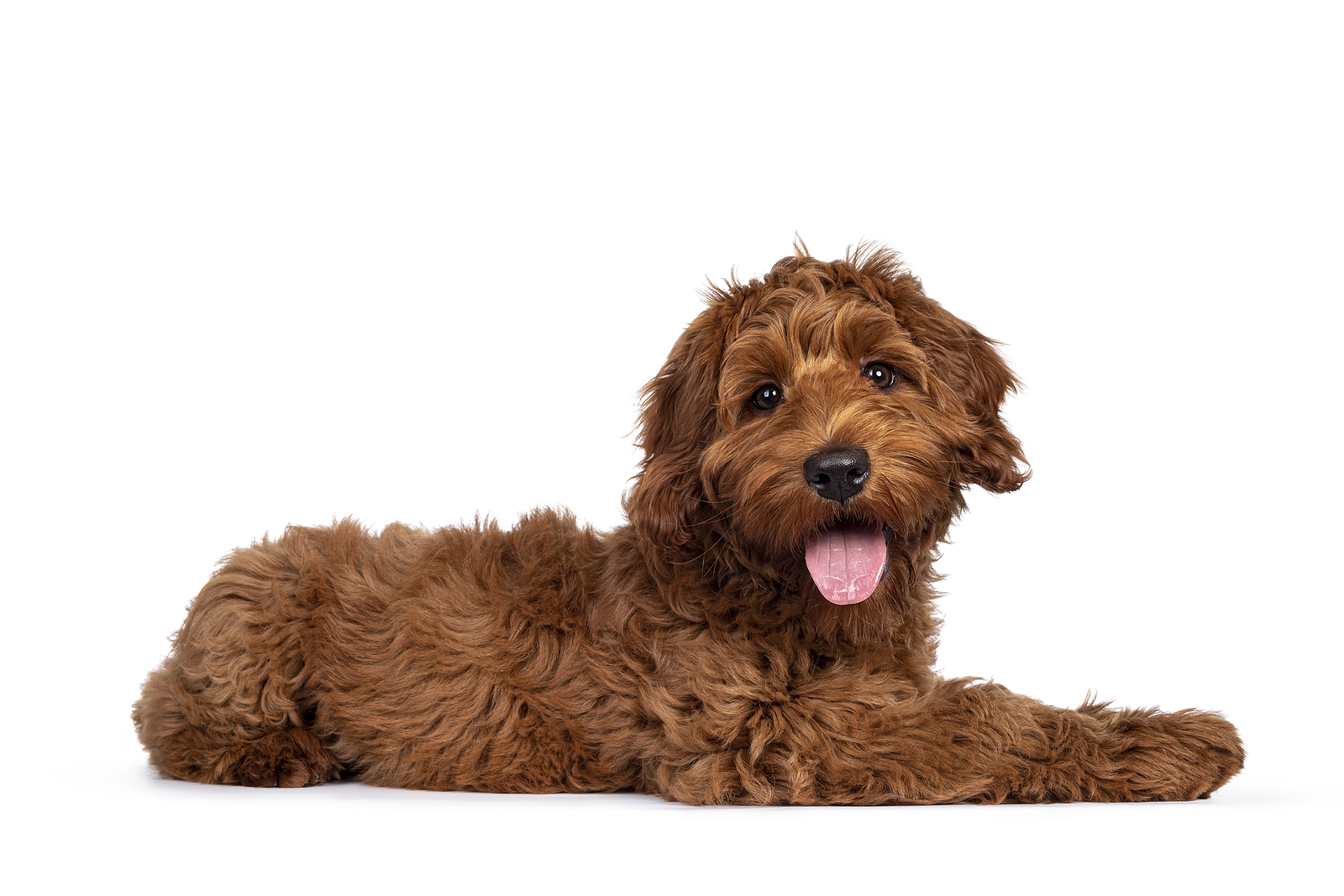How to Teach Your Dog No
Last month we continued our in depth look at the seven basic commands you should to teach to your dog with the off command
This month we’ll conclude our seven basic commands series by teaching your dog the “no” command
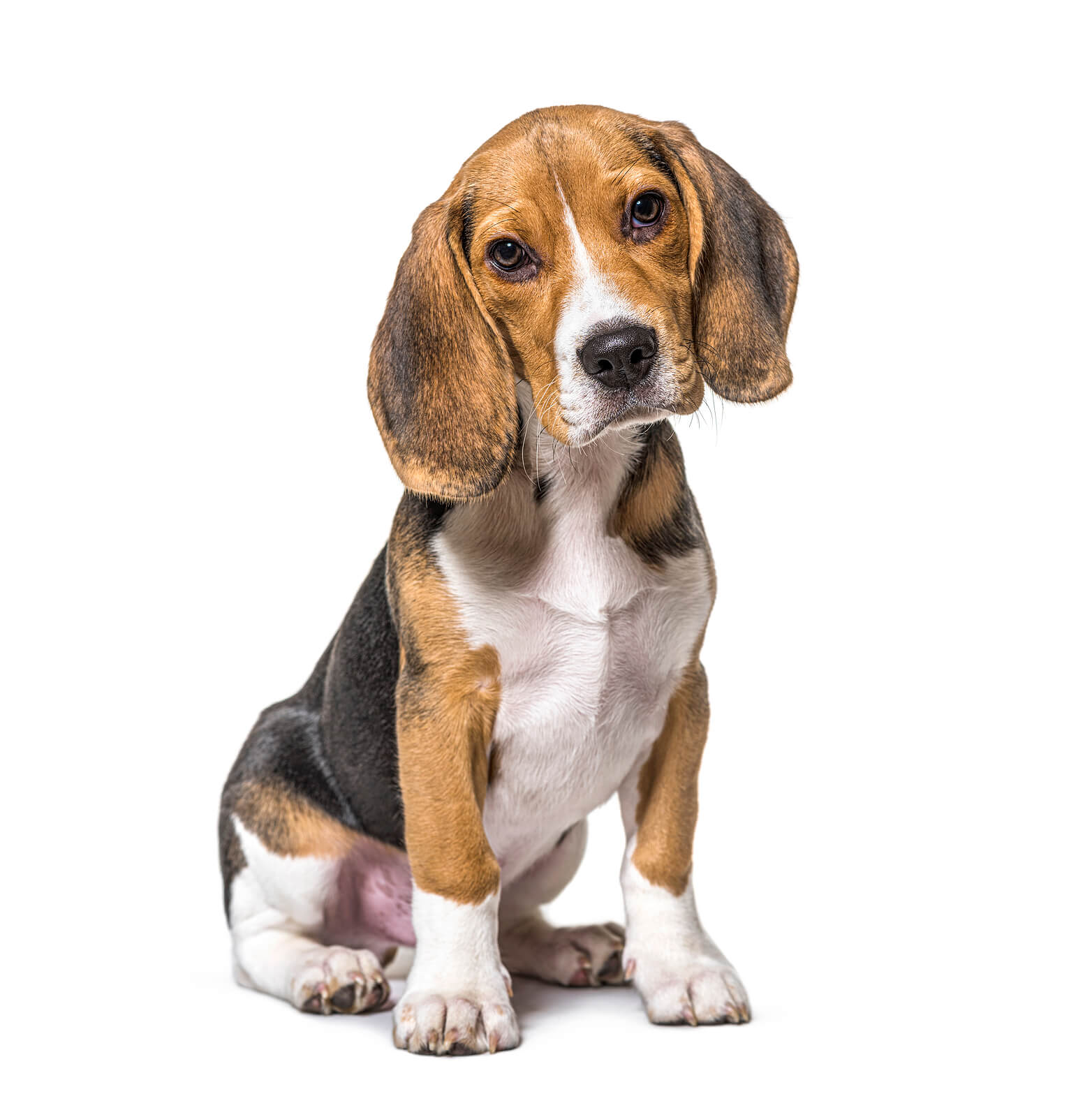
Last month we continued our in depth look at the seven basic commands you should to teach to your dog with the off command
This month we’ll conclude our seven basic commands series by teaching your dog the “no” command

Next, let’s continue teaching your dog these seven basic commands with the “off” command
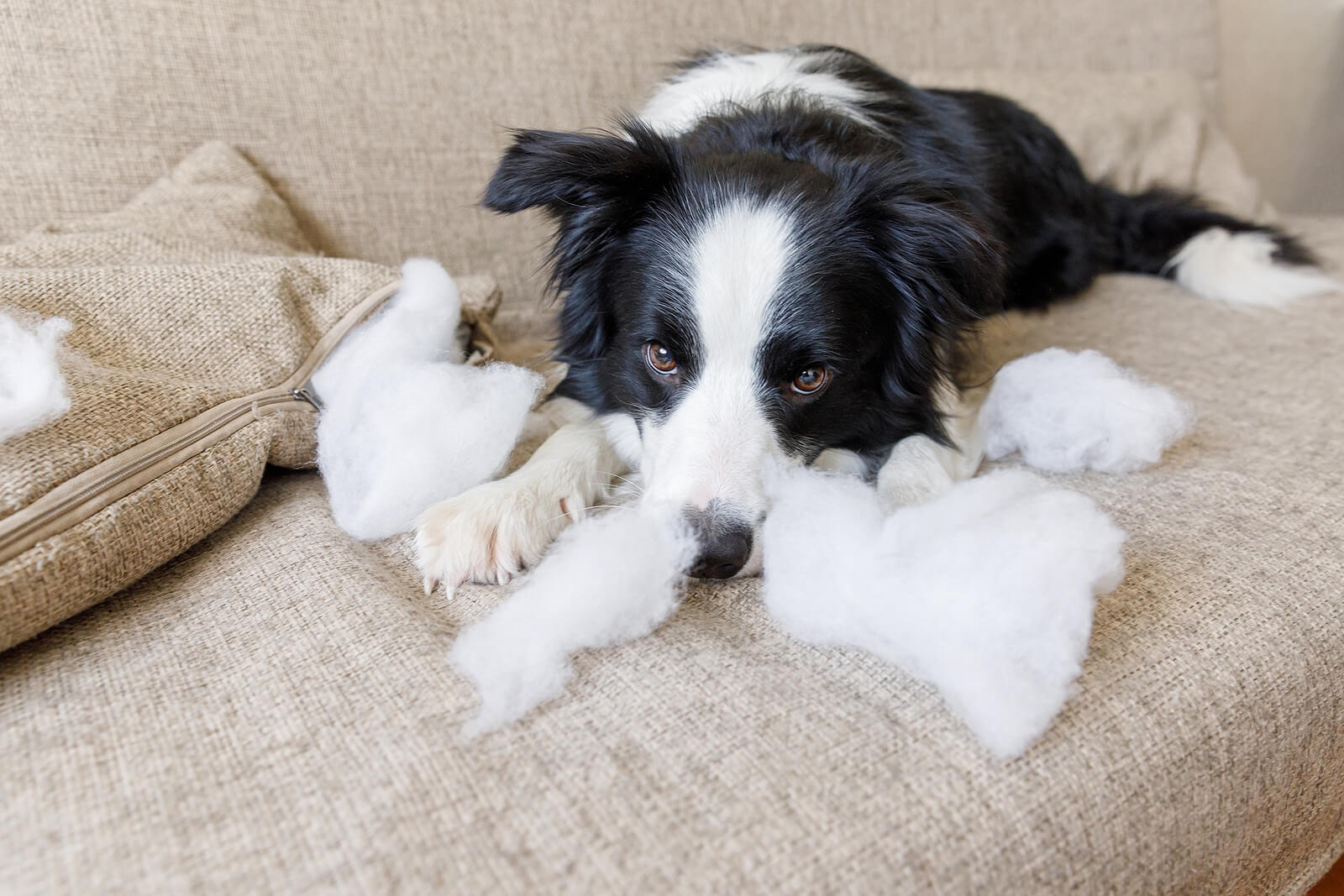
Next, let’s continue teaching your dog these seven basic commands with the “heel” command
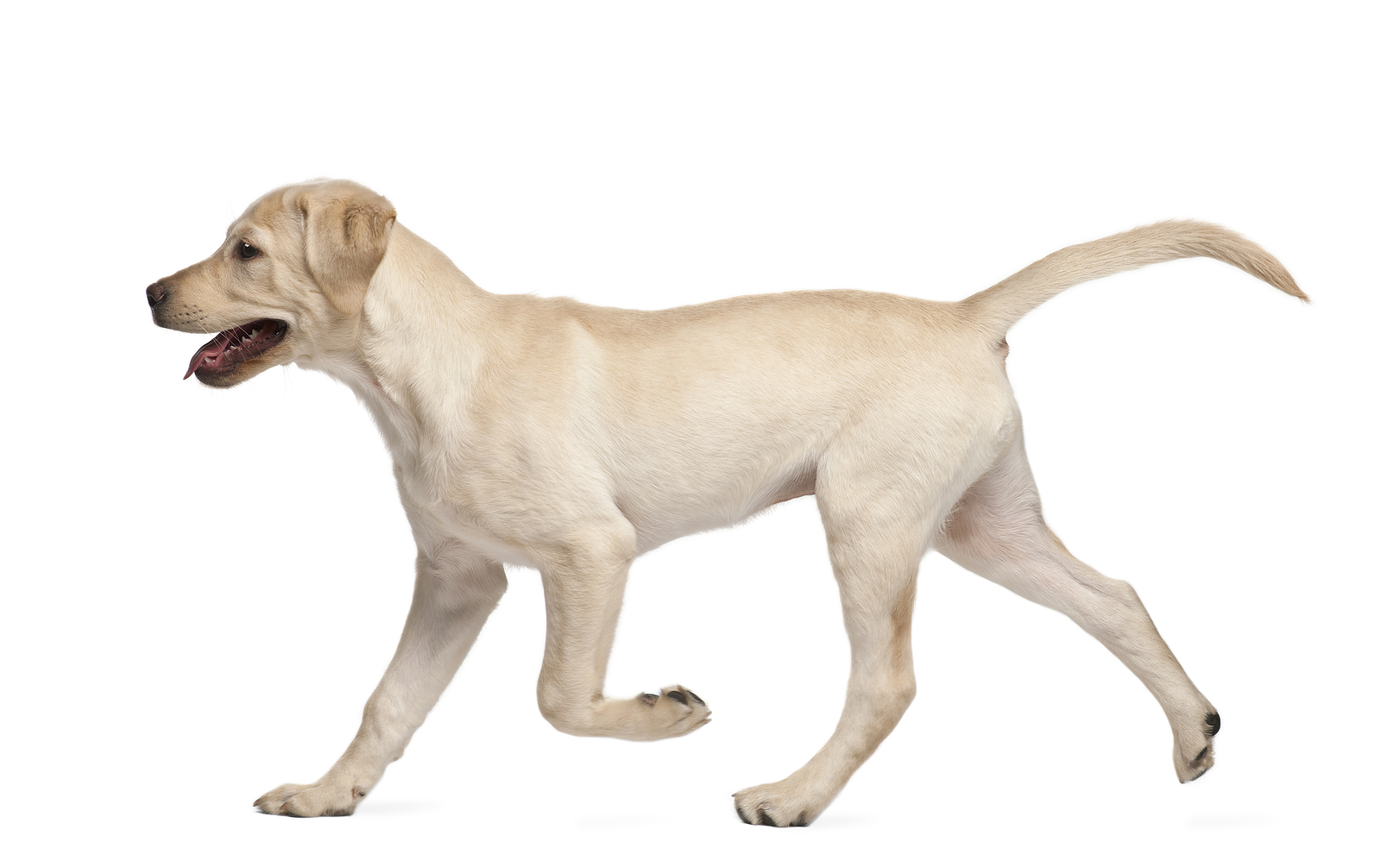
Next, let’s continue teaching your dog these seven basic commands with the “come” command
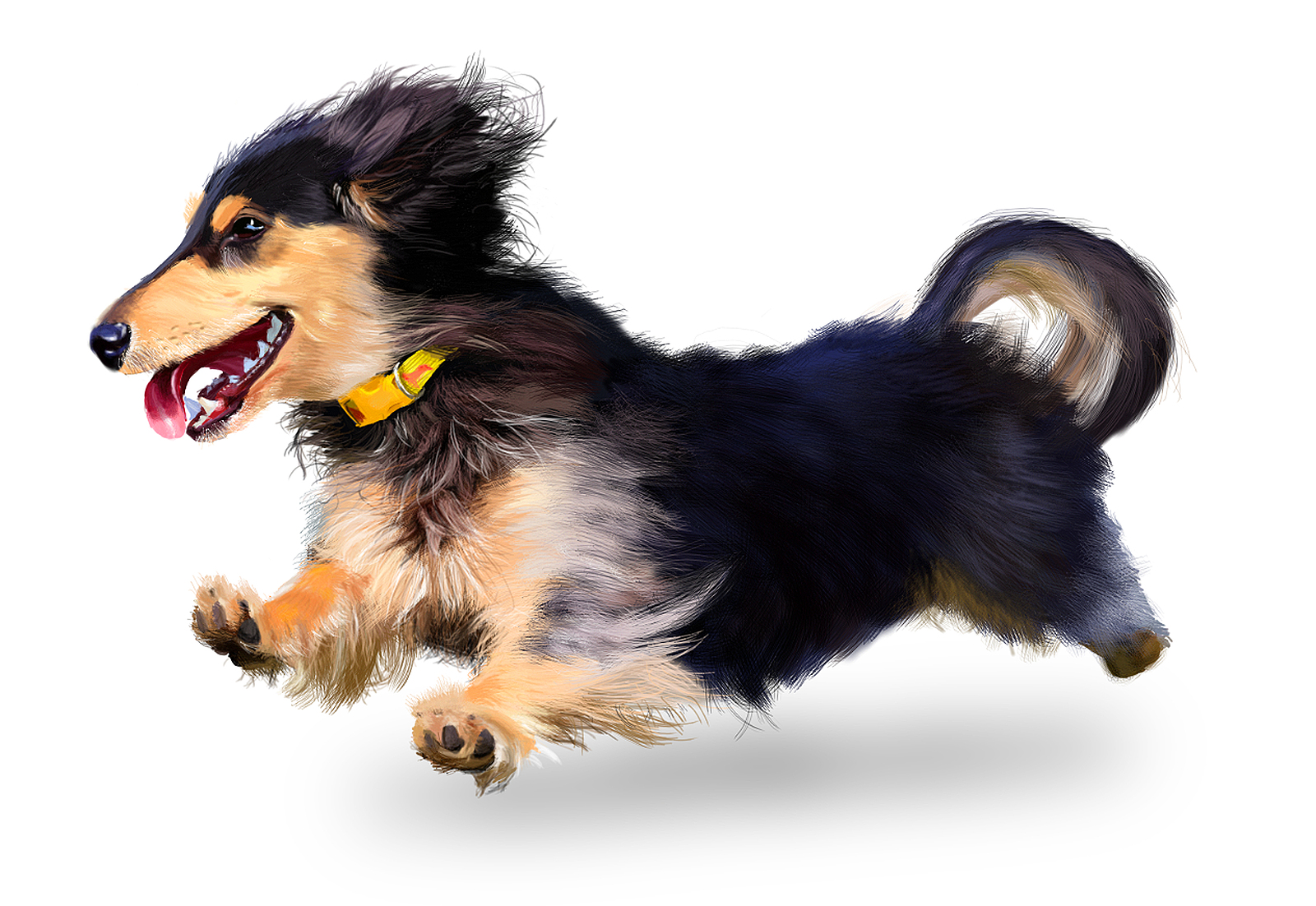
Last month we continued our in depth look at the seven basic commands you should to teach to your dog with the down command
Next, let’s continue teaching your dog these seven basic commands with the “stay” command
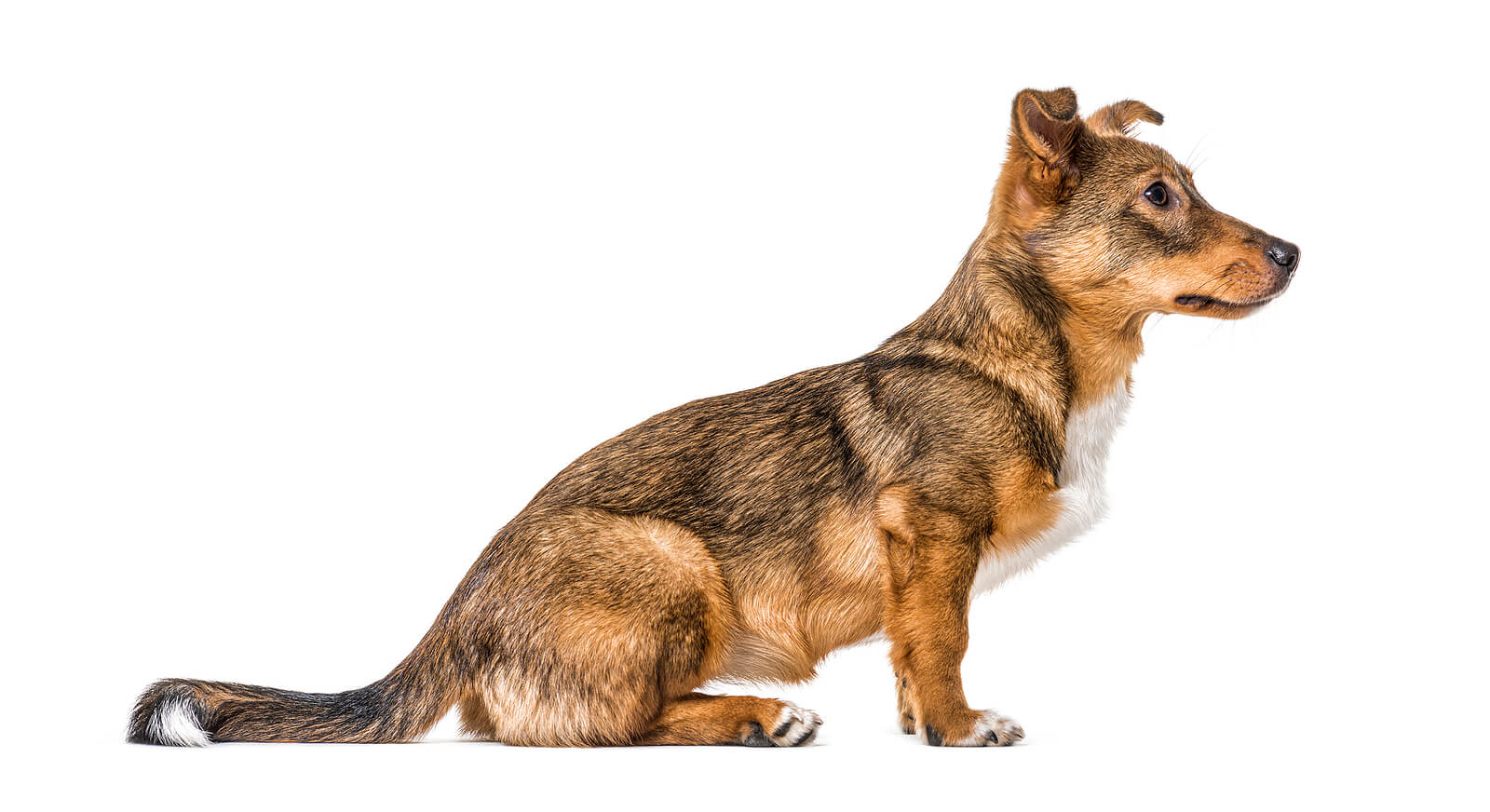
Last month we started taking an in depth look at the seven basic commands you should to teach to your dog starting with the sit command
Next, let’s continue teaching your dog these seven basic commands with the “down” command
